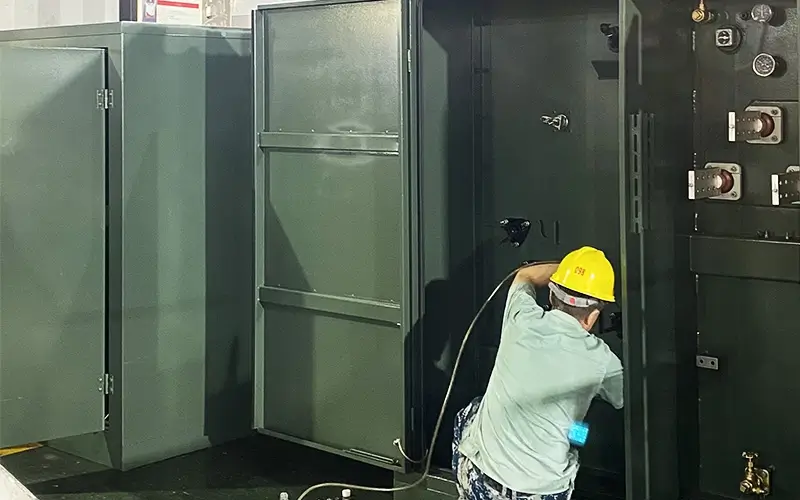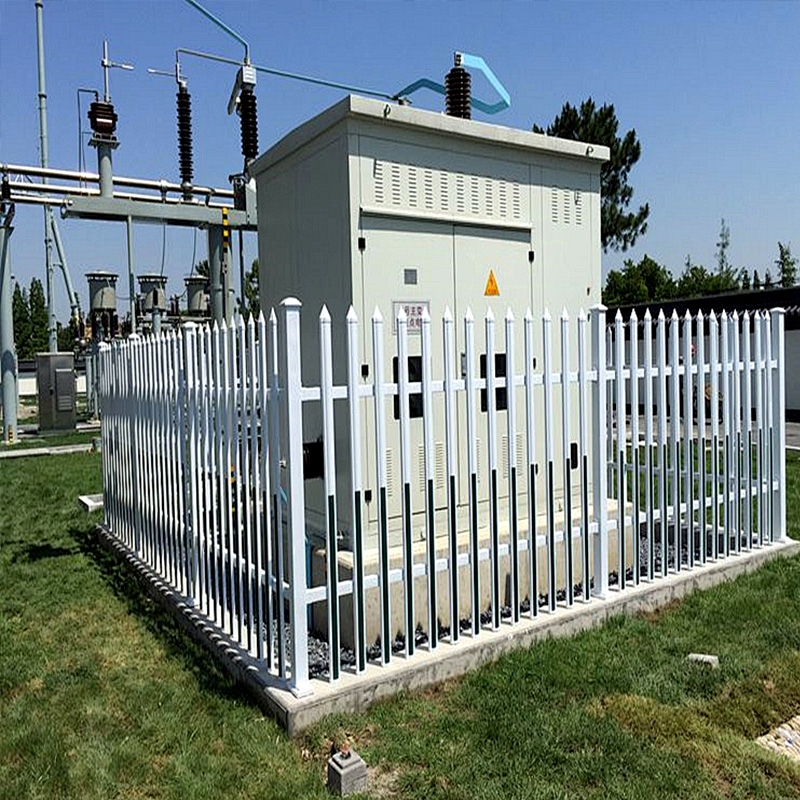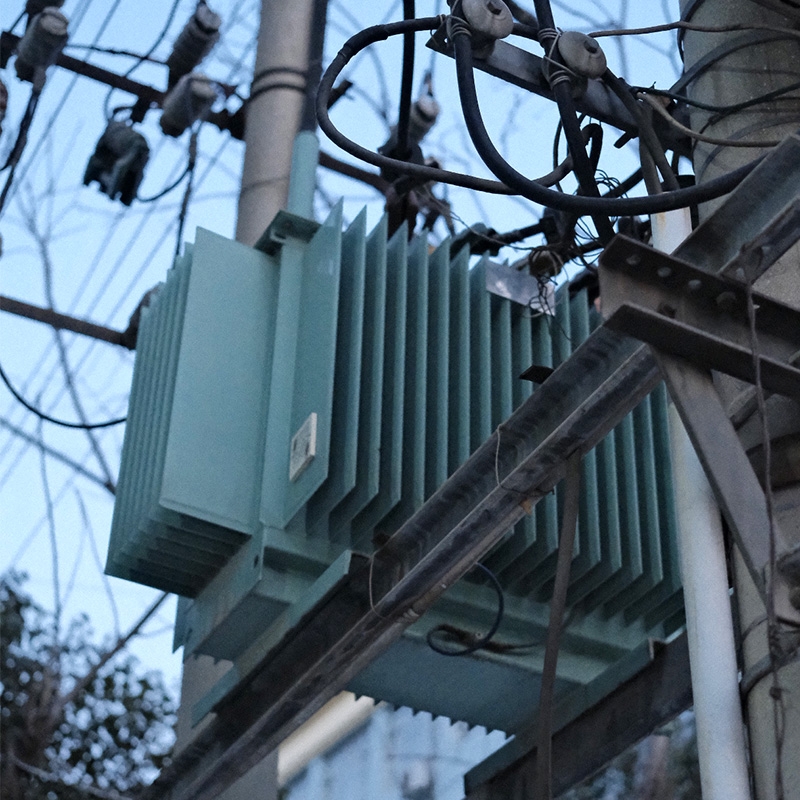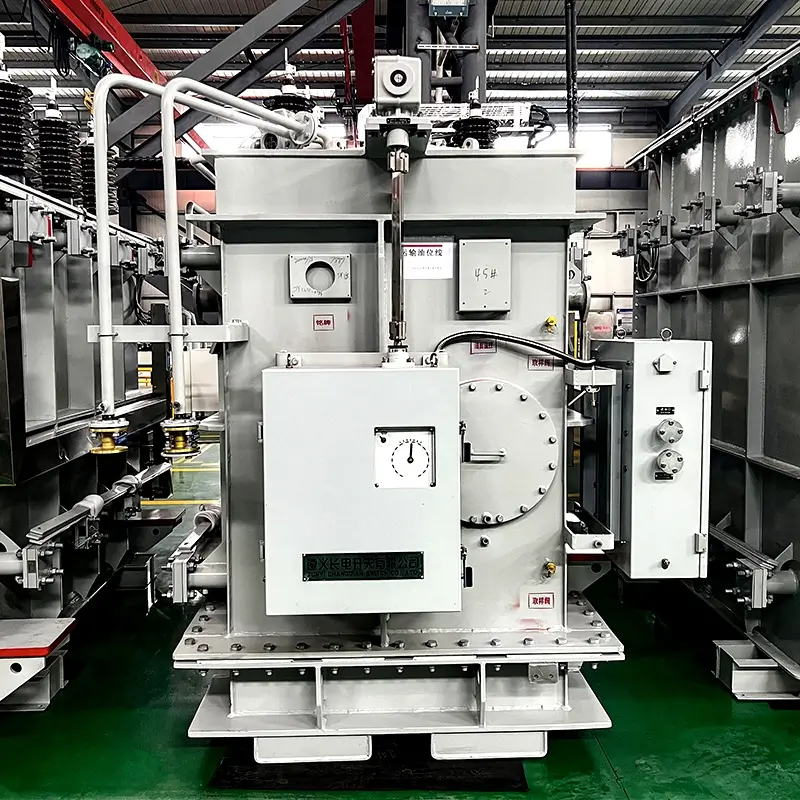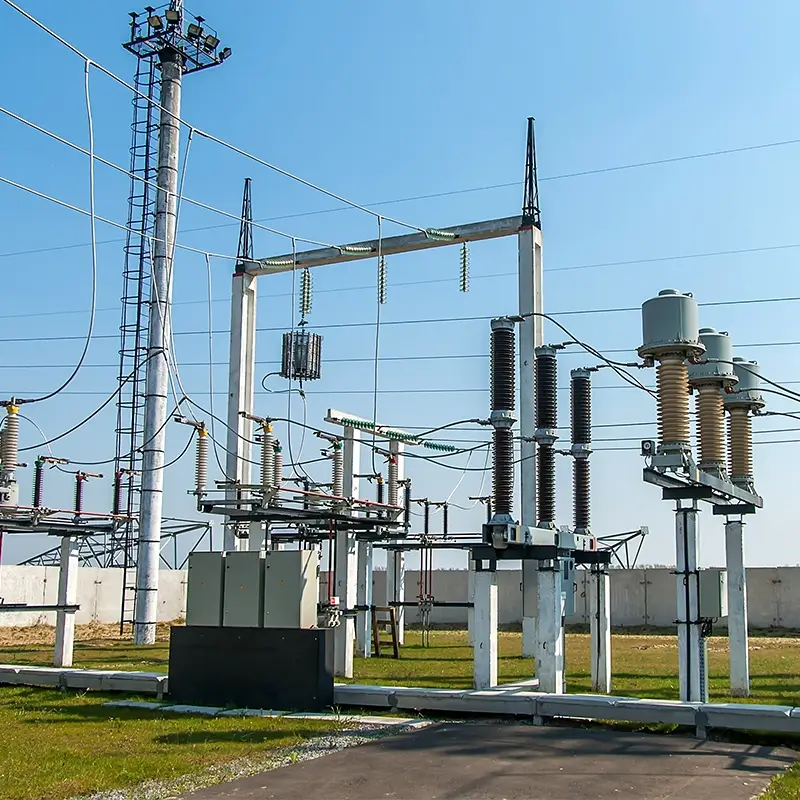Analysis of transformer fan failure causes and treatment precautions
The fan of the transformer plays a very important role in the normal operation of the transformer. Maintaining the good operating condition of the transformer fan is very important for the performance, reliability and life of the transformer. Regular inspection and maintenance of the transformer fan is one of the key steps to maintain the normal operation of the transformer.
1. Importance of transformer fan:
1. Heat dissipation: The transformer will generate heat during operation. If the heat cannot be dissipated in time, it will cause the transformer to overheat and affect the performance and life of the transformer. The fan introduces the surrounding air into the transformer, cools the heat dissipation surface of the transformer, and promotes the heat dissipation to maintain the temperature of the transformer within a safe range.
2. Protecting insulation materials: The insulation materials inside the transformer are very critical to the normal operation of electrical equipment. High temperature will cause the performance of the insulation material to deteriorate and affect the insulation performance of the transformer. The fan keeps the transformer temperature within a safe range, which helps to protect the insulation material and extend the service life of the transformer.
3. Provide fresh air: The fan reduces the accumulation of internal gas and moisture by introducing fresh air into the transformer. This helps prevent the formation of moisture, oxidation and pollutants, keep the internal environment clean, and reduce damage to the equipment.
4. Provide pressure balance: A certain air pressure balance is usually required inside the transformer. The operation of the fan can adjust the air pressure inside the transformer to ensure normal operation.
5. Improve reliability and stability: The normal operation of the fan can ensure that the transformer operates stably within the design parameters. Fan failure or non-operation may cause the transformer to overheat, fail or shut down, which will have a serious impact on the production or power supply system.
2. Common causes of transformer fan failure and handling precautions:
1. Fan blockage: Fan blockage may be caused by dust, debris or dust accumulation on the fan blades or cooler. Handling precautions include regularly cleaning the dust on the fan and cooler, and ensuring good ventilation to avoid debris accumulation.
2. Fan bearing damage: Fan bearing damage may cause the fan to be noisy or not work properly. Handling precautions include regularly lubricating the fan bearing, checking and replacing damaged bearings.
3. Power supply problems: Power supply problems may cause the fan to not work properly. Handling precautions include checking whether the power connection is stable, ensuring that the power supply voltage is normal, and repairing any power supply failures.
4. Control circuit failure: Control circuit failure may cause the fan to be unable to adjust the speed as needed. Handling precautions include checking the connections and components of the control circuit, repairing any faults, and ensuring that the control system can work properly.
5. Fan motor failure: A fan motor failure may cause the fan to not work properly. Handling precautions include checking the connection and insulation condition of the fan motor, and repairing or replacing the damaged motor.
When handling a fault, the power supply to the transformer should be disconnected first, and safety should be ensured before operation. It is recommended that professional electrical technicians perform fault diagnosis and repair.
3. Common inspection and maintenance matters for transformer fans:
1. Cleaning and dust removal: Regularly clean the transformer fan and its surrounding area to remove accumulated dust and dirt. Dust and dirt will affect the heat dissipation effect of the fan and reduce the working efficiency of the fan.
2. Lubricate and check the bearings: Ensure that the bearings of the transformer fan are fully lubricated to reduce friction and wear. Regularly check whether the bearings are damaged or need to be replaced.
3. Check and clean the filter: The fan inlet is usually equipped with a filter to prevent dust and debris from entering the fan. Regularly check and clean the filter to ensure that it is unobstructed.
4. Check the operation of the motor: Regularly check the operation of the transformer fan motor, including current, voltage, and operating sound. If any abnormality is found, handle it in time.
5. Check the fan blades: Check whether the fan blades are damaged, fallen off, or have accumulated too much dust. Clean or replace the blades if necessary.
6. Regularly calibrate the control device: Check and calibrate the control device of the transformer fan to ensure its normal operation.
7. Regular maintenance records: Establish a maintenance record for the fan, record the maintenance date, maintenance content, and inspection results, etc., so as to track the maintenance of the fan.
The above are just some common inspection and maintenance items. The specific operation and frequency can be adjusted according to the model, use environment, and operation of the transformer and fan. It is best to follow the manufacturer's recommendations and guidelines and perform professional maintenance and overhaul regularly to ensure the reliability and performance of the transformer fan.
